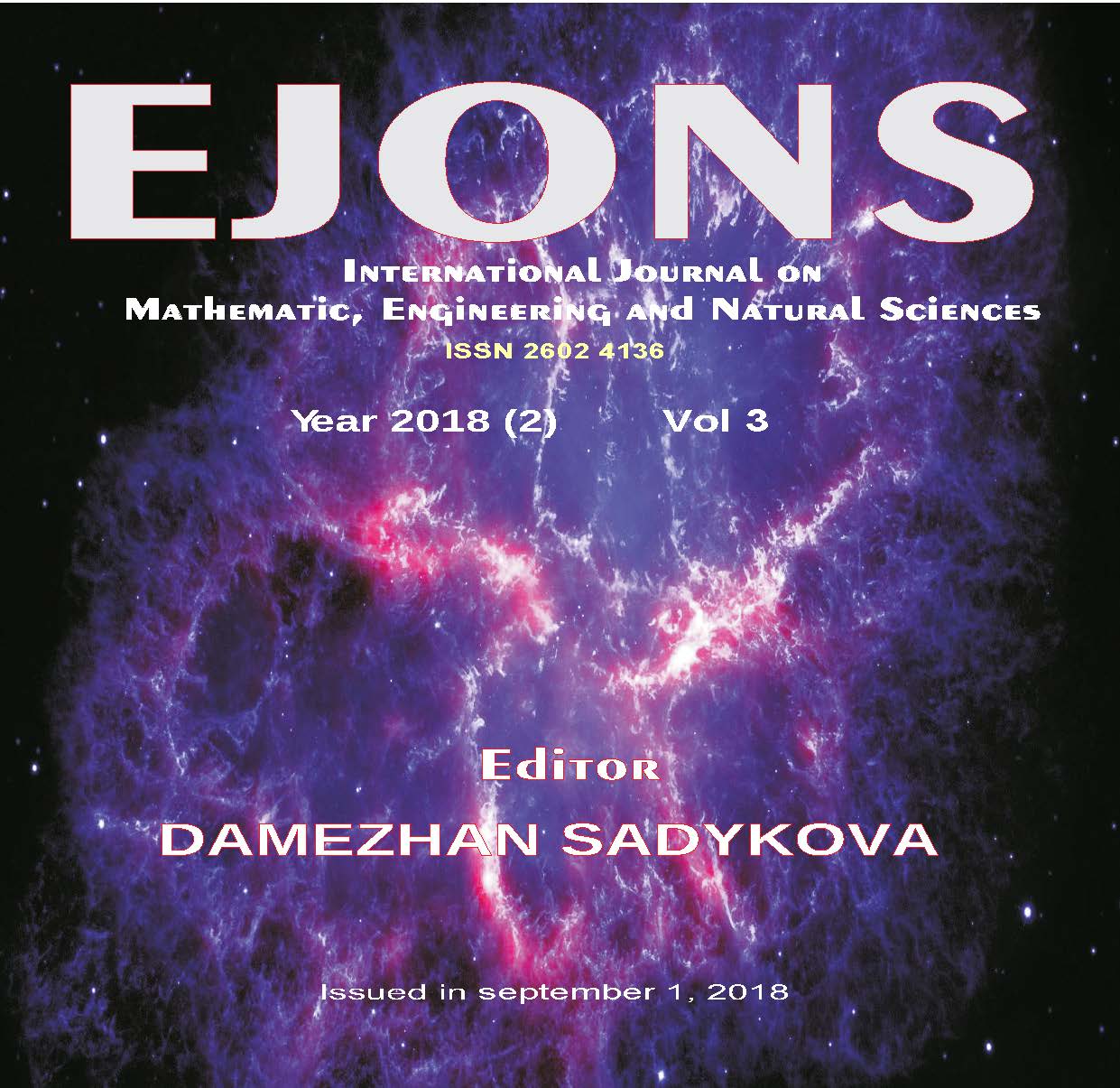SLOW CITY APPROACH FOR A SUSTAINABLE ENVIRONMENT: AN EVALUATION ON HALFETI
Keywords:
Cittaslow, Sustainability, Local Development, City Branding, HalfetiAbstract
The slow city movement (cittaslow) was born and developed in the last quarter of the 20th century as a reflection of the urban slow food movement that started in Italy due to the modern and rapid life style threatening local food cultures. Cittaslow is basically aimed at providing a holistic sustainability development of living environments that are disjointed from environmental and cultural values, fast-consuming, and thus uniformized, where the identity of the "place" as a result of globalization and its potentials are ignored. The movement, which has been accepted in a short period of time, now covers 241 settlements in 30 countries and continues to increase. The cities with populations below 50,000 can be candidates for Cittaslow and these candidate cities are assessed within the framework of the local development model according to a number of criteria including environmental, infrastructure, quality of urban life, local cultures, tourism, hospitality and awareness. In this approach the progress advances through the context of sustainability of local development and with the aim of creating city branding. The 15 districts in Turkey has achieved the title of Cittaslow. In this study, the emergence and development of slow city movement has been explained and evaluated by the examples of slow cities selected from the world and Turkey. Selected as the case study and declared as a slow city in 2013, Halfeti has been evaluated in terms of environmental, economic, social, cultural and administrative developments experienced during and after the candidacy and discussed the contribution of Cittaslow title to the city.
Downloads
Published
How to Cite
Issue
Section
License

This work is licensed under a Creative Commons Attribution-NonCommercial 4.0 International License.


